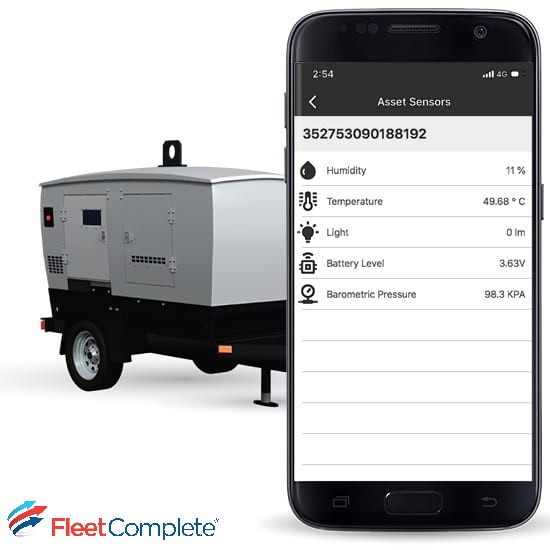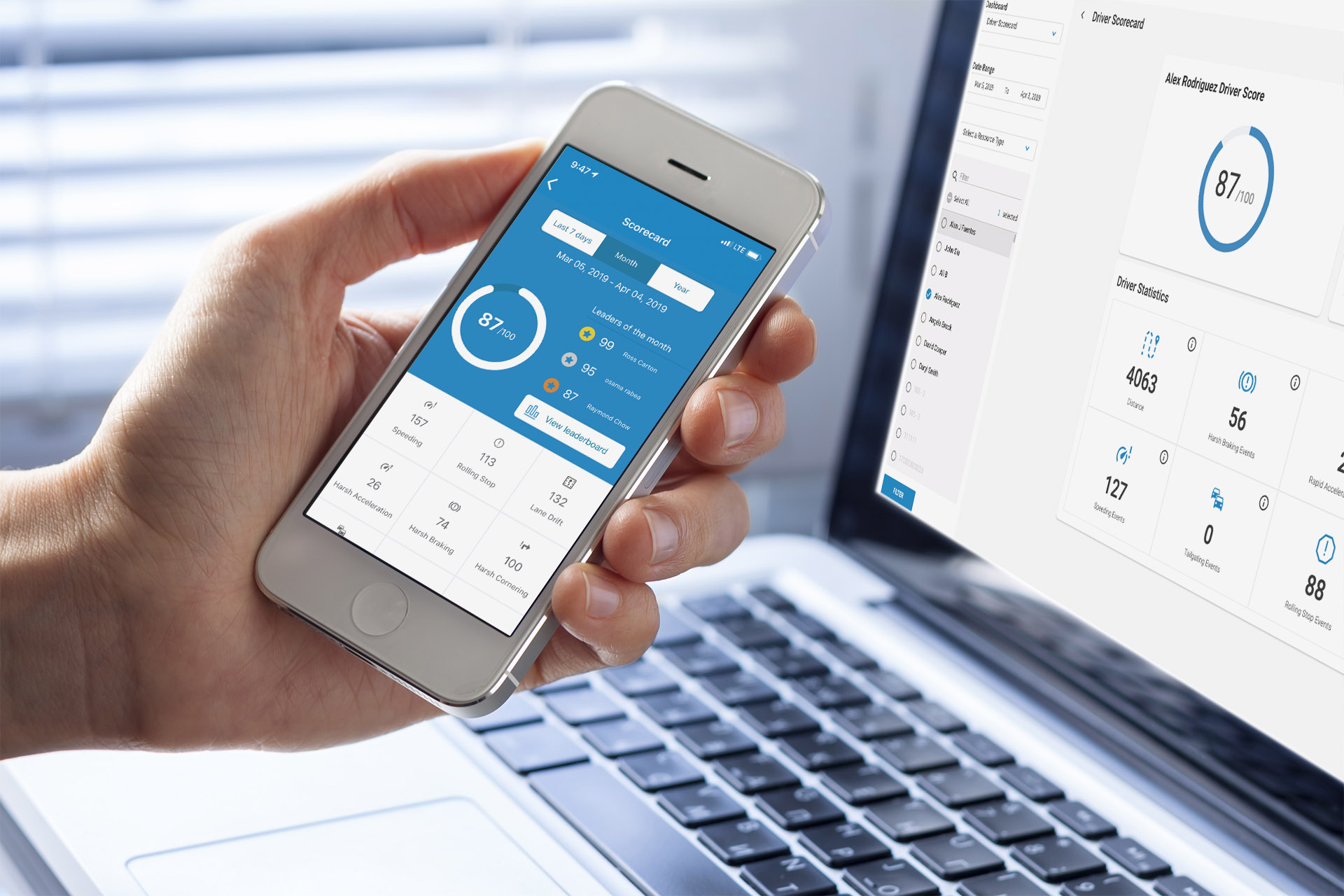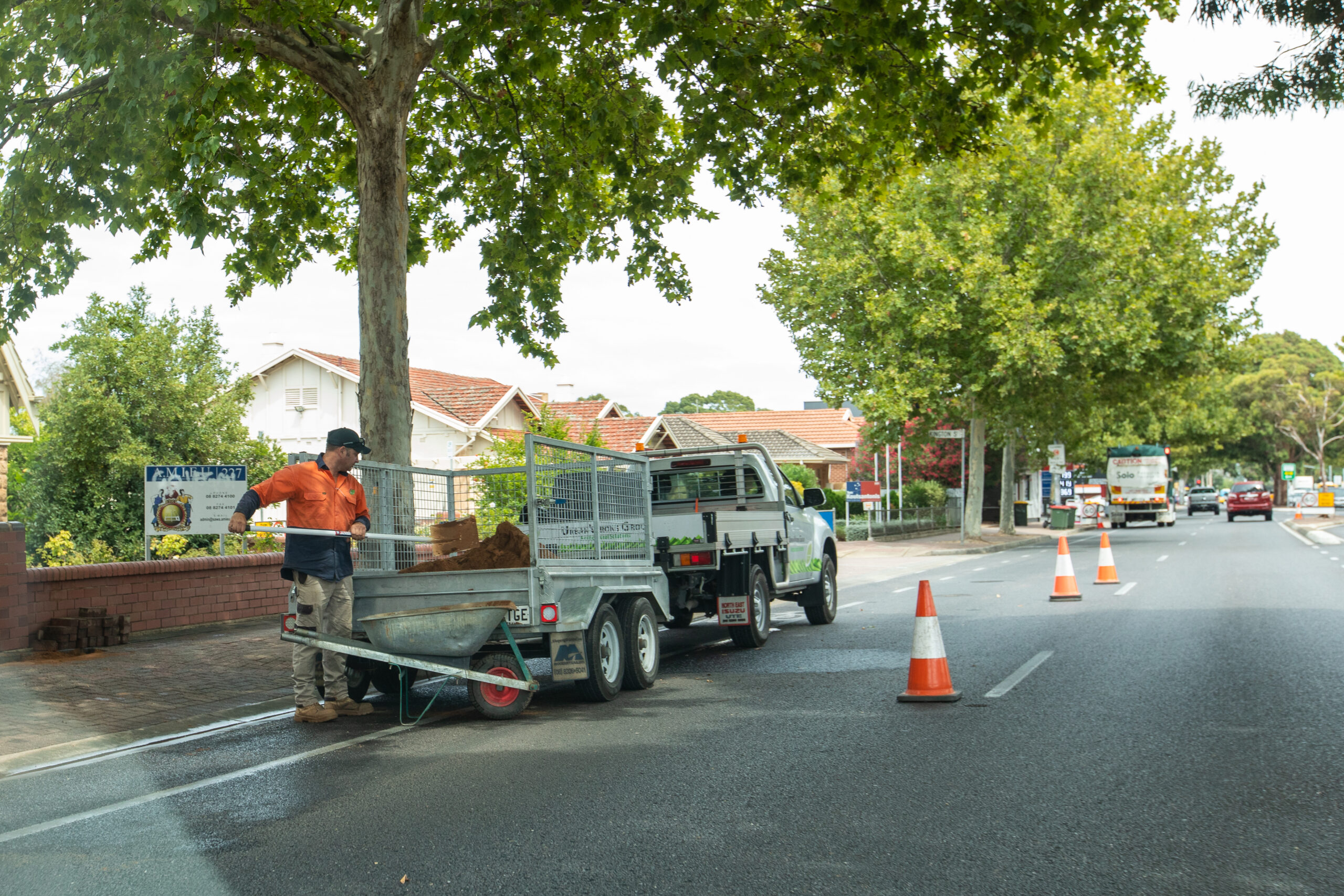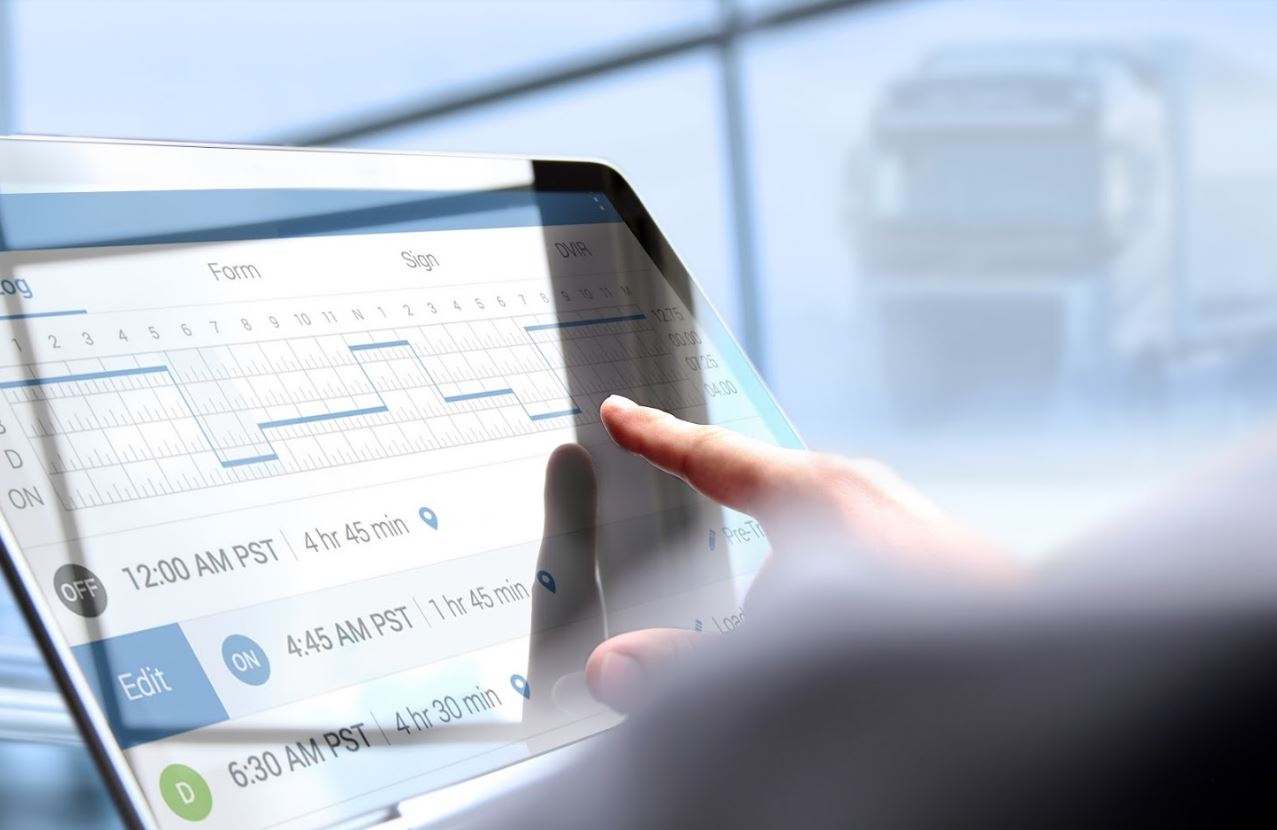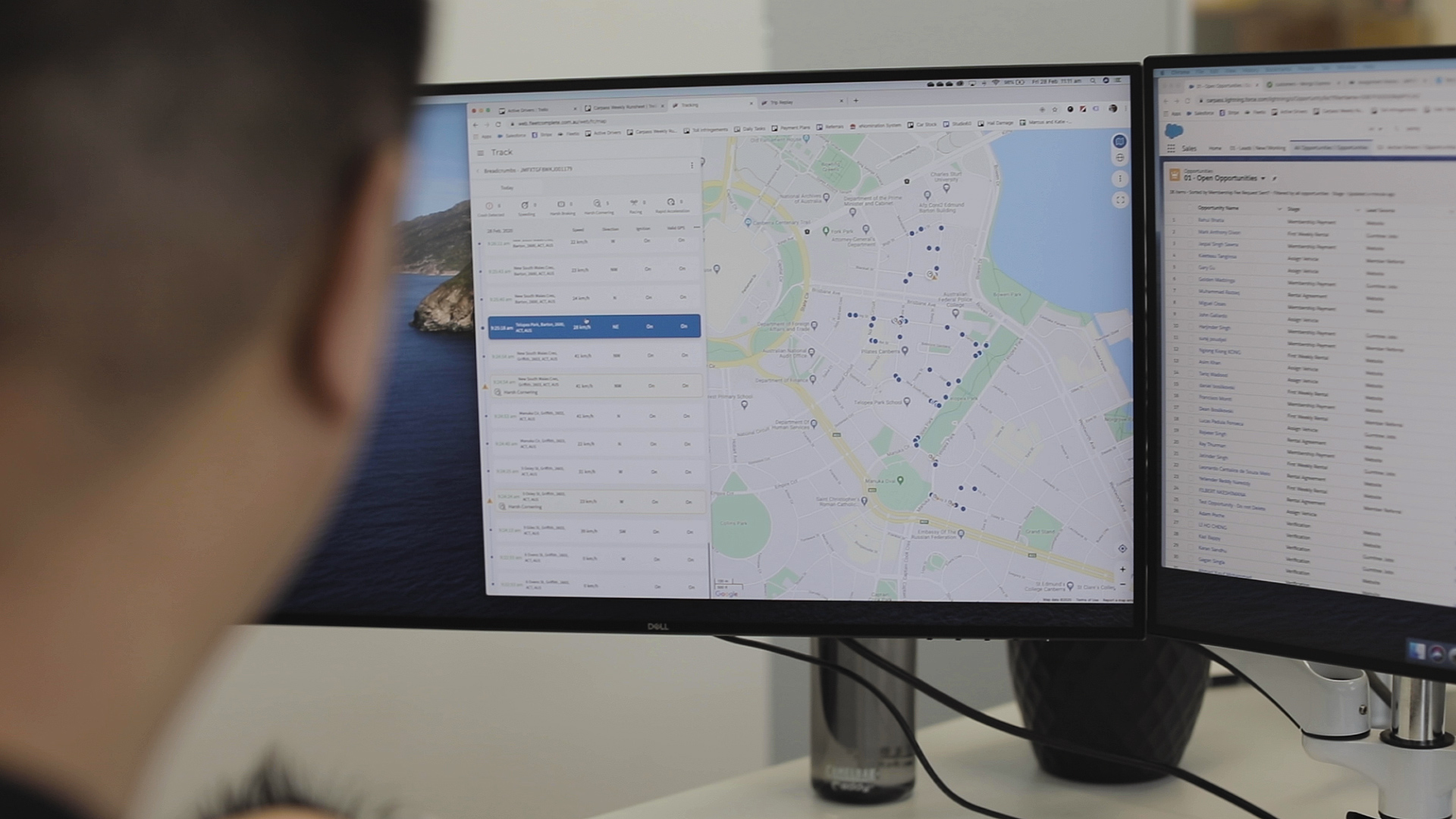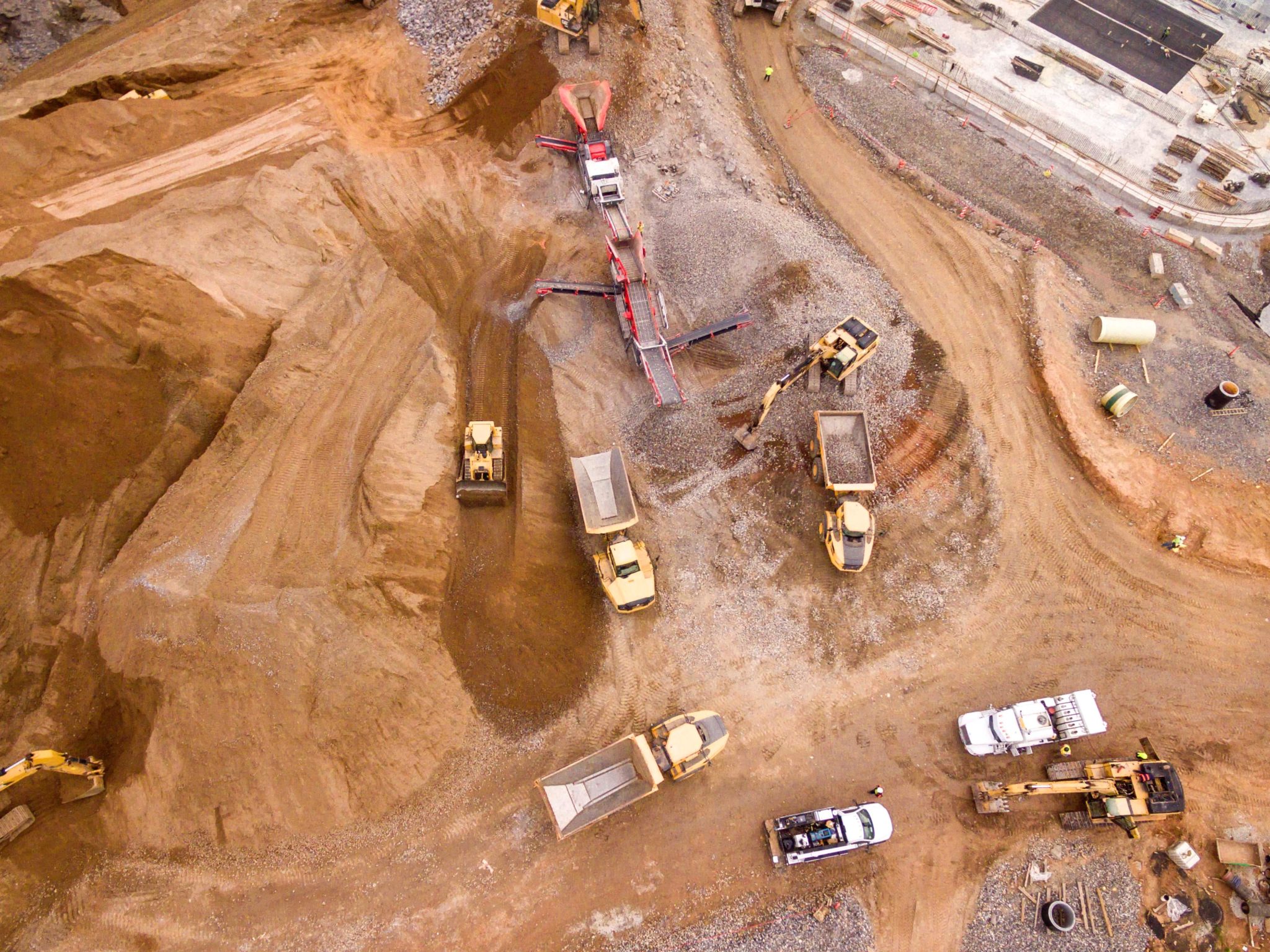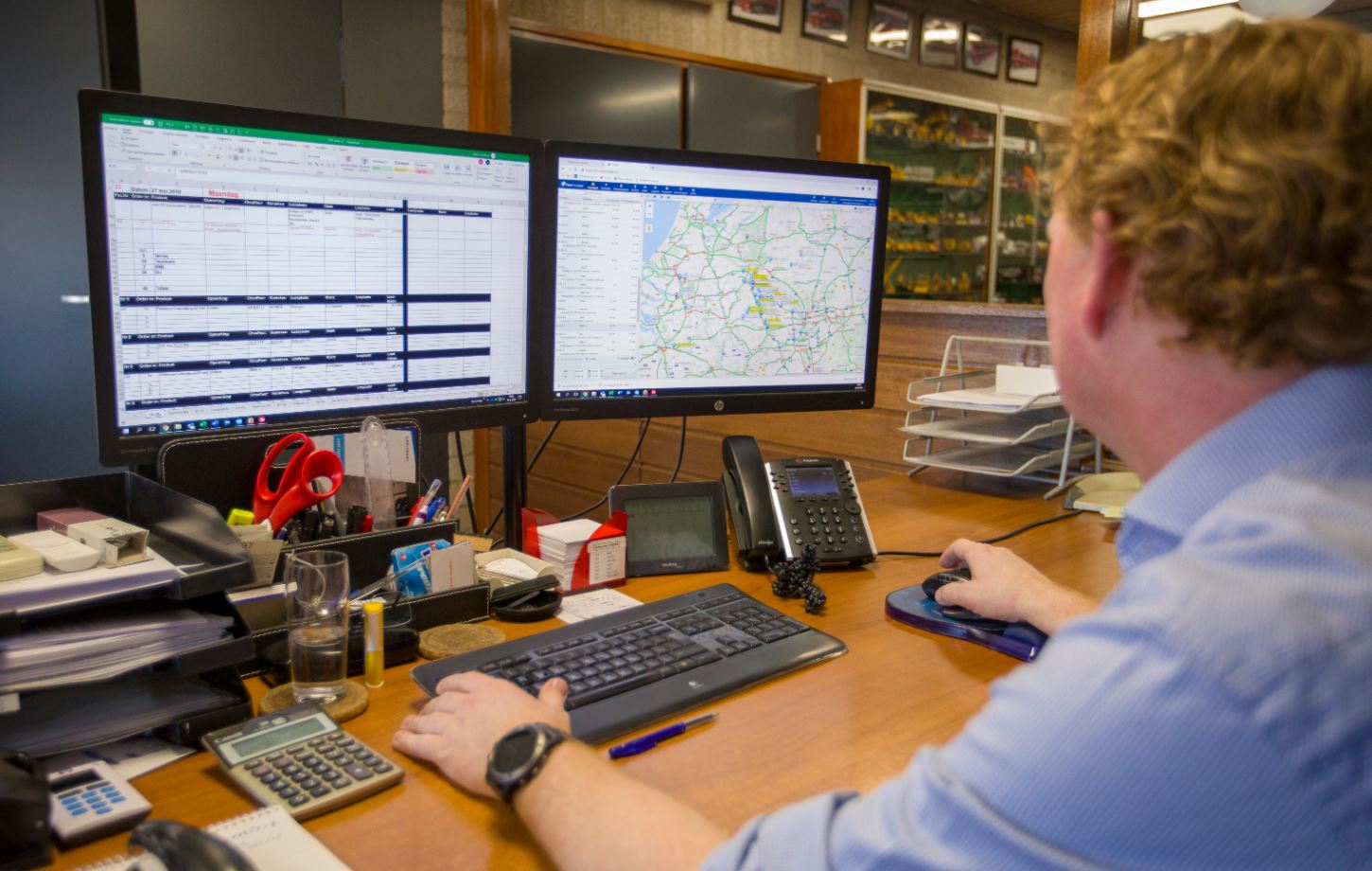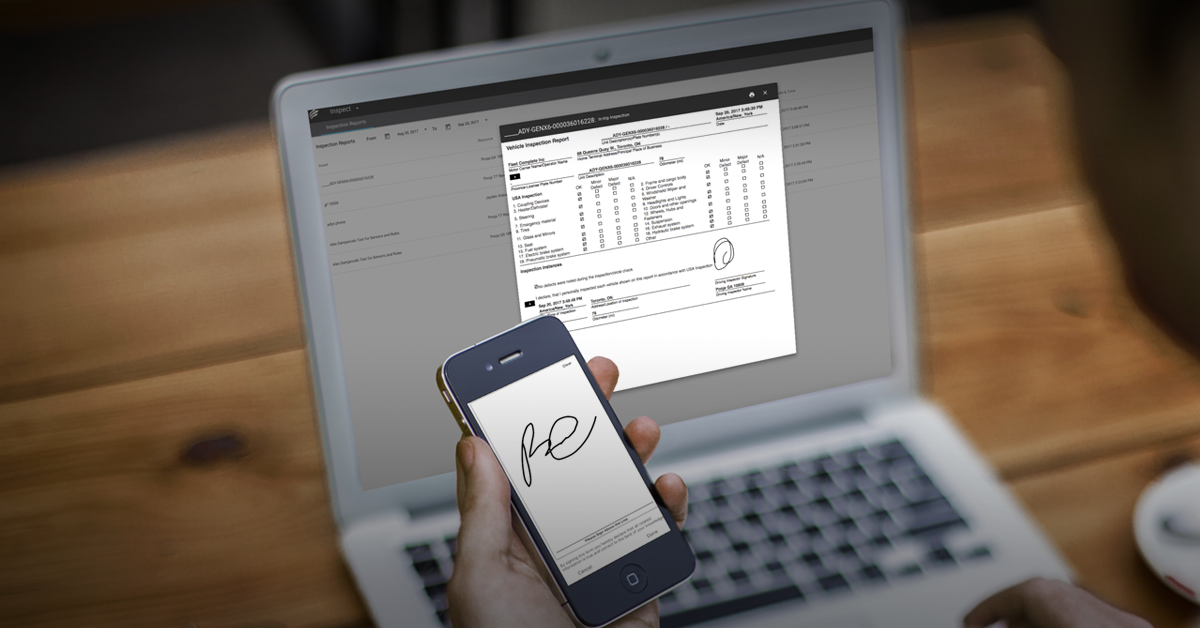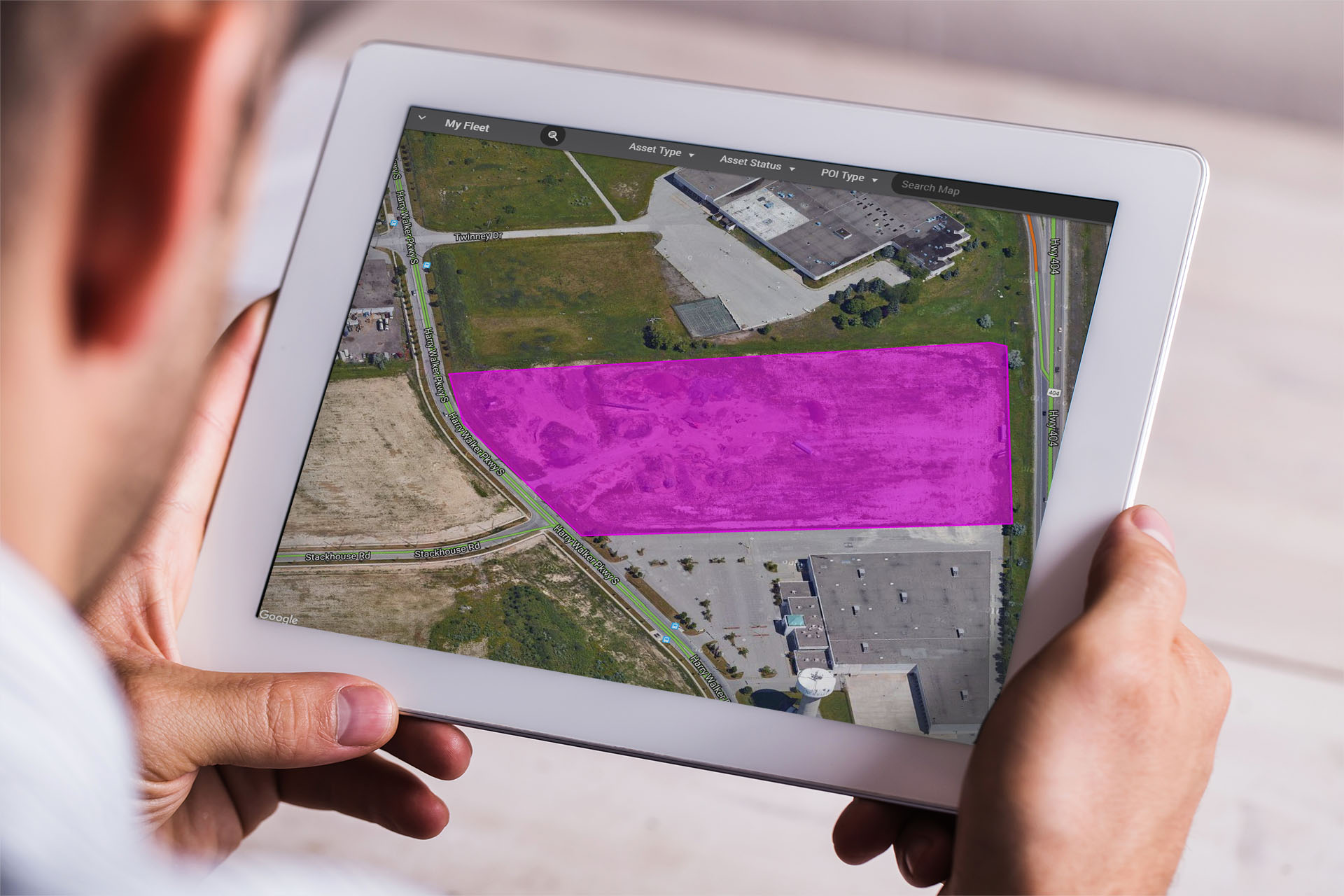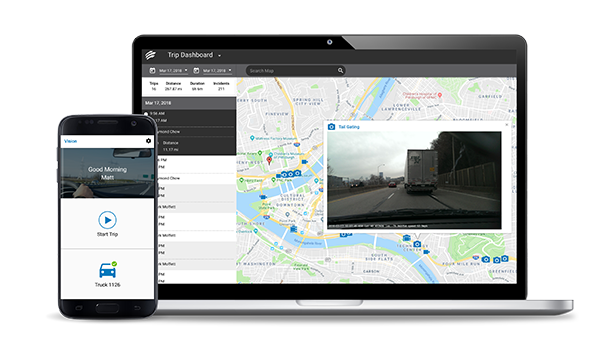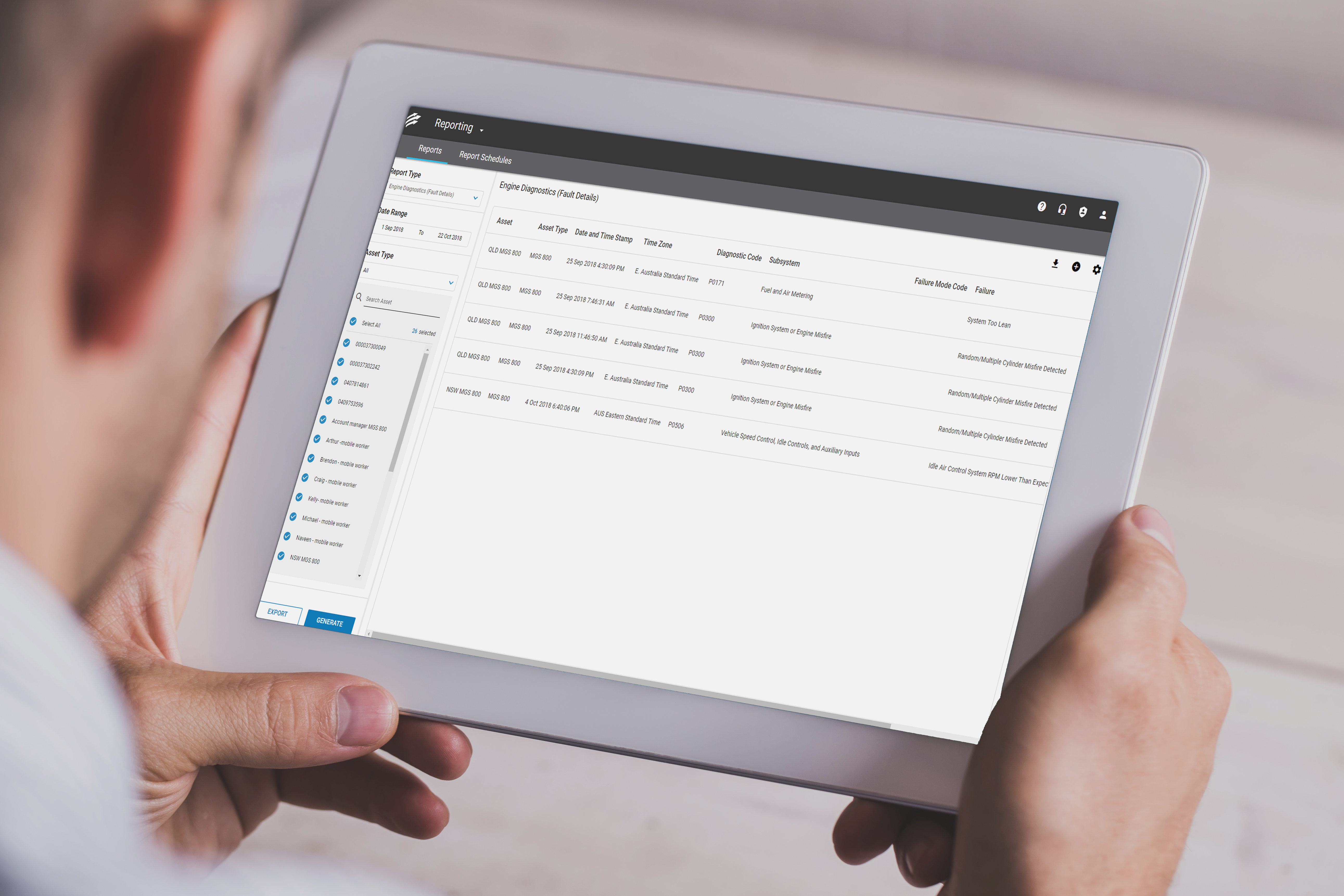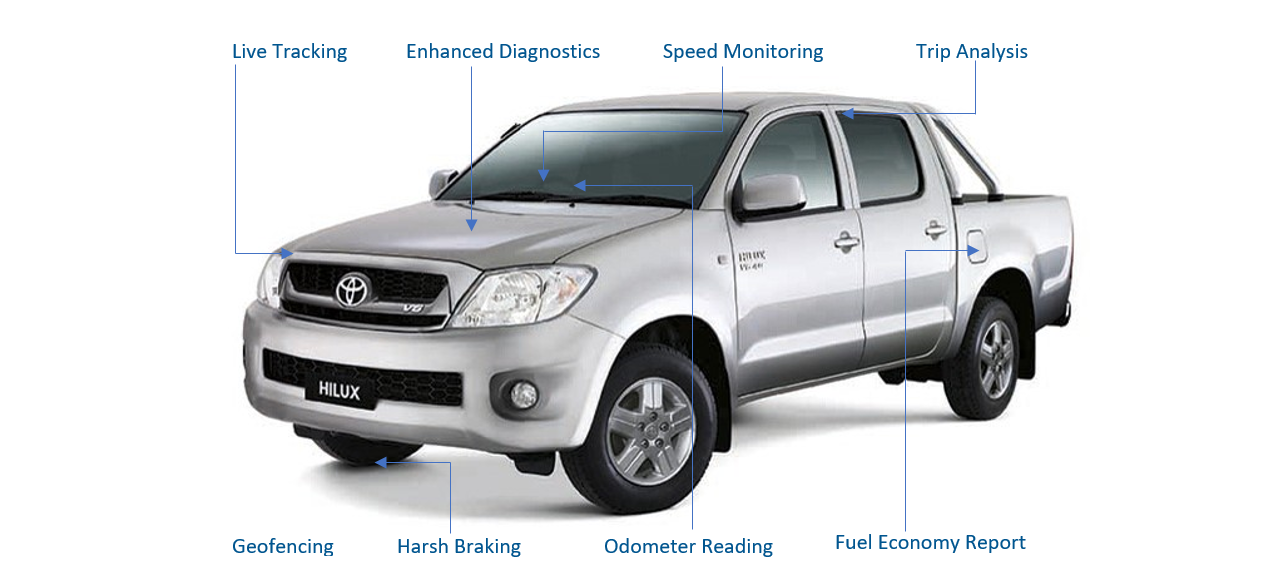How Fleet Managers Can Maximise Efficiency
In today’s highly competitive business environment, it’s important for companies to make the most of their assets to stay ahead of the game. For companies that rely on a fleet of vehicles to operate, one way to do this is through telematics, a technology that uses GPS tracking and other sensors to provide real-time information about the location, performance, and usage of vehicles. Telematics can help fleet managers to optimize asset utilization, reduce costs, and improve efficiency.
Here are some of the ways that telematics can help fleet managers to improve asset utilization:
1. Monitoring Vehicle Performance
Telematics can provide real-time data on vehicle performance, such as engine hours, fuel consumption, and idle time. This information can help fleet managers to identify inefficient vehicles and take action to improve their performance. For example, if a vehicle is idling excessively, fleet managers can take steps to reduce idling time, such as implementing idle reduction policies or using technology to automatically shut off engines after a certain amount of idle time.

image source: Adobe Stock
2. Optimising Routing and Dispatch
Telematics can also help fleet managers to optimize routing and dispatch, which can improve asset utilization by reducing travel time and distance. By using real-time traffic and weather data, telematics systems can suggest the most efficient routes for vehicles, which can save time and fuel. Additionally, telematics can help fleet managers to dispatch vehicles more efficiently, by matching vehicles to jobs based on their location, availability, and capacity.
3. Preventing Theft and Unauthorised Use
Telematics can also help fleet managers to prevent theft and unauthorized use of vehicles, which can improve asset utilization by ensuring that vehicles are being used only for their intended purpose. Telematics can provide real-time alerts if a vehicle is being used outside of authorized hours or outside of a predefined geographic area. Additionally, telematics can provide information on vehicle location and movement, which can help fleet managers to recover stolen vehicles and reduce losses.
 image source: Adobe Stock
image source: Adobe Stock
4. Monitoring Maintenance and Repairs
Finally, telematics can help fleet managers to monitor maintenance and repairs, which can improve asset utilization by ensuring that vehicles are in good working order and available for use when needed. Telematics can provide real-time alerts when vehicles are due for maintenance, such as oil changes or tire rotations. Additionally, telematics can provide information on vehicle performance and wear and tear, which can help fleet managers to schedule repairs and replacements before they become major issues.
In conclusion, telematics is a powerful tool that can help fleet managers to optimize asset utilization, reduce costs, and improve efficiency. By monitoring vehicle performance, optimizing routing and dispatch, preventing theft and unauthorized use, and monitoring maintenance and repairs, fleet managers can ensure that their vehicles are being used effectively and efficiently.
If you would like to take our fleet management system for a spin to see how it can help you optimise driver performance, get started today. Try our Fleet Complete demo.
Originally published by Geotab.com on August 22nd 2019.














